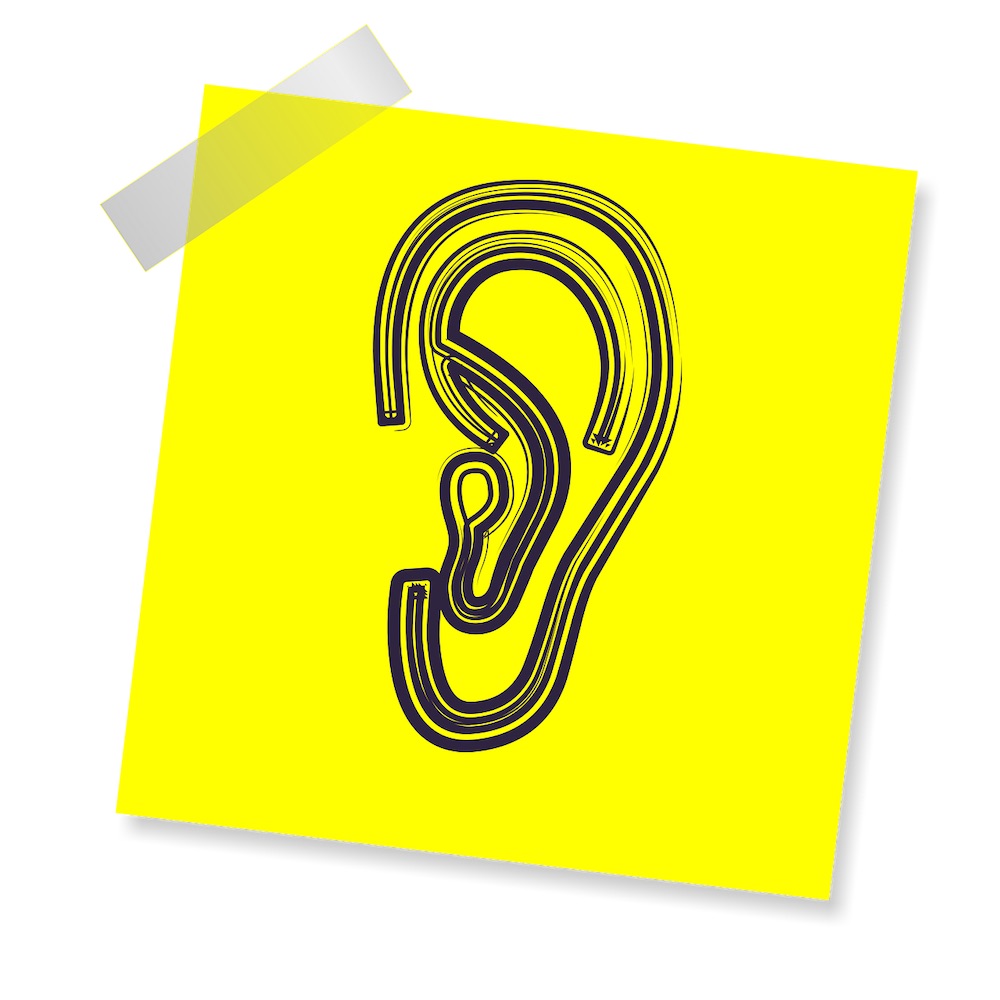
Eye exams include reading an eye chart as well as dilation, which should only be done under a doctor’s care.
Keep your eyes healthy with regular comprehensive dilated eye exams. One of the best things you can do for your eyes, this four-step procedure is painless and essential for healthy vision, according to the National Eye Institute. During the exam, your eye-care professional will look for common vision problems and eye diseases, many of which have no early warning signs. Dilated eye exams differ from the exams you have for glasses or contact lenses. This exam does more than protect your sight by making sure you are seeing your best. It also detects eye diseases in their early stages — before vision loss has occurred. Here are the four basic steps to a comprehensive dilated eye exam: 1. Dilation — Drops are placed in your eyes to dilate, or widen, the pupils. Your eye-care professional uses a special magnifying lens to check your retina for signs of damage and other eye problems such as diabetic retinopathy or age-related macular degeneration. The exam also checks for damage to the optic nerve that occurs with glaucoma. Your close-up vision might remain blurred for several hours after the exam. 2. Tonometry — This test helps detect glaucoma by measuring eye pressure with a direct, quick puff of air onto the eye. Another version of the test involves gently applying a pressure-sensitive tip near or against the eye. Numbing drops also may be applied to your eye for this test. Elevated pressure is a possible sign of glaucoma. 3. Visual field test — This test measures your peripheral, or side, vision. It can help discover if you have lost any side vision, which could be a sign of glaucoma. 4. Visual acuity test — An eye chart test, this measures how well you see at various distances. It's similar to what you take when you get your first driver's license.




